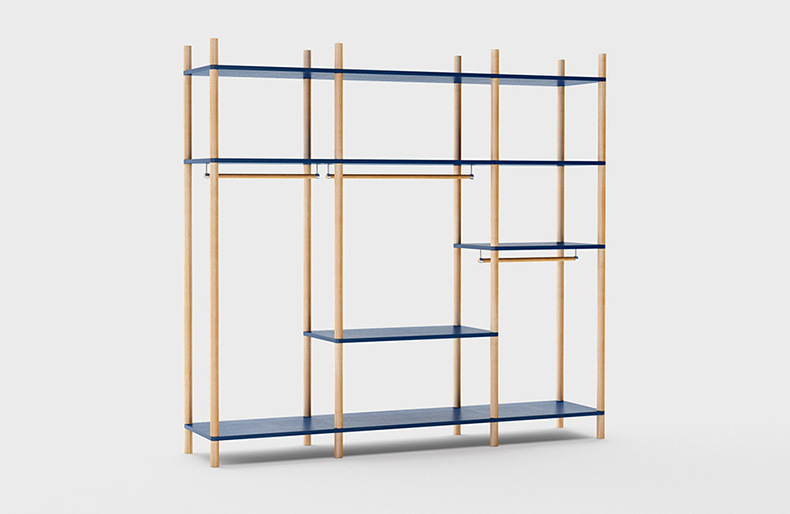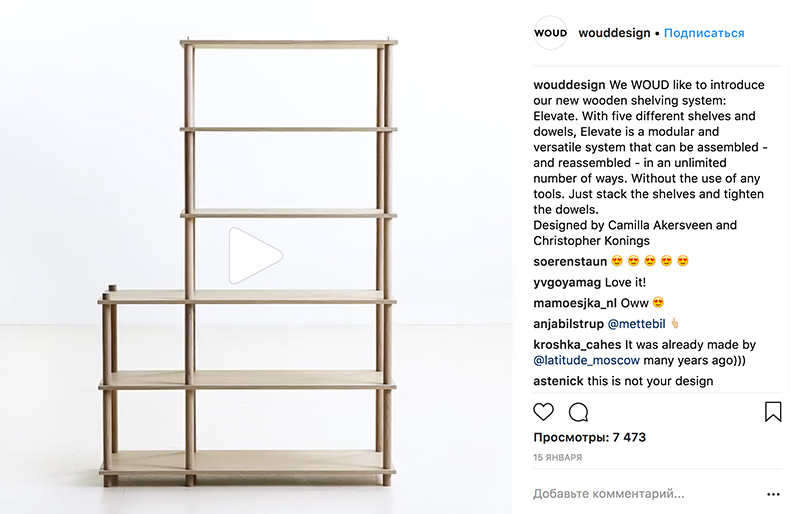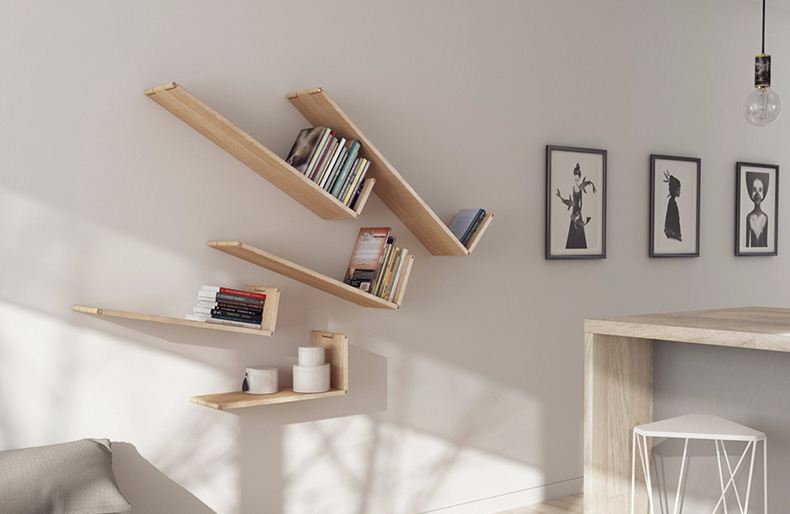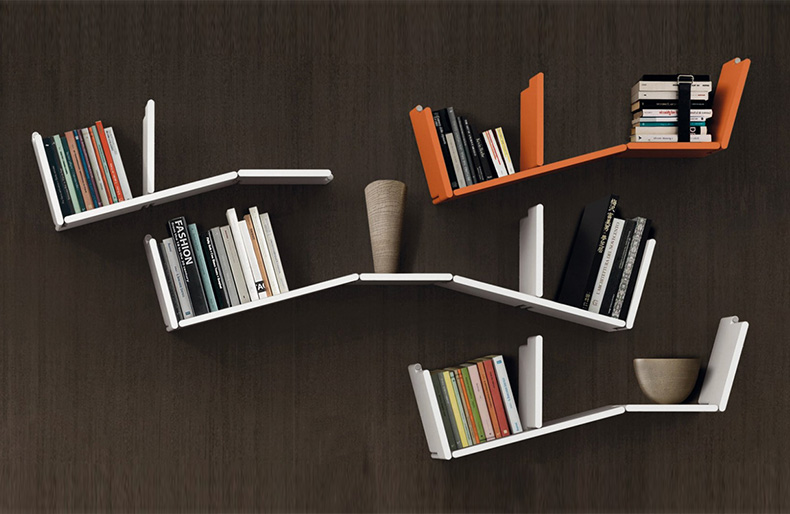
Original and Fake: Russian Designers, Whose Styles Are Copied and Counterfeited
Good styles are often subject to counterfeit, and the good styles by Russian designers are no exception. We have discussed this issue with four designers who have faced the copycats stealing their styles to hear their stories and find out their reactions to design theft. Such personal experience comes along with detailed comments by the lawyer on how to protect your proprietary rights against counterfeiting.
 Ekaterina Elizarova
Ekaterina Elizarova
product designer
Our objects keep being counterfeited with unfailing regularity, so we don’t overreact to this issue any more. Our first case of design stealing was the Chapiteau lamps released by the famous Italian manufacturer, Bosa. We had presented them at the exposition in London, then in Beijing, and then, maybe six months later, my friends sent me a picture from some Chinese restaurant featuring the counterfeit lamps. At first, the guys brightened up, since they thought the lamps were mine, but then they looked closer and realised that it was a rather poorly produced copy. The Italians are known for their perfectionism, especially when it comes to Bosa, while our Chinese copycats made multiple blunders, like wrong shades or crooked line, so the result was none too well. Initially, I was upset, since the lamps were pretty recognizable, and I thought the people might saw them without spotting a forgery, and might think that the original styles were of the same poor quality as well. On the other hand, it became obvious that our items were popular, sought-after and well-liked, so I guess I had mingled feelings regarding this issue.
A little later, we had another adventure with the same lamps. Some Portuguese company released the vases loosely based on Chapiteau and presented them at the Maison & Objet trade fair. This time it was even worse: their vases looked like as if they were made of modelling clay that melted in the sunlight. As a matter of fact, it was considered not as a copy, but rather as a kind of Chapiteau-themed interpretation, since the object function was different.
There is no sense in fighting Chinese companies that release counterfeit, since their activity has a comprehensive support of local legislation.
They may even take someone else’s concept car, produce an absolute copy and present it at the trade fair, while no one can do anything to stop them. As for European countries, in order for object to be recognized as unique, it is sufficient to alter 15% of the original item, for example, intended purpose, color or material of the object. So trying to combat the Chapiteau-themed vase manufacturers also would be of no avail. The only thing you can do in such situation is to be “faster, higher, stronger”. In compliance with the European legislation, it is possible to stake out the authorship of original design through participation in trade fairs and expositions, so the object is seen by as many people as possible, who later may easily spot a fake. If your design is afterwards copied, you will be able to file a lawsuit and make your case in a court.
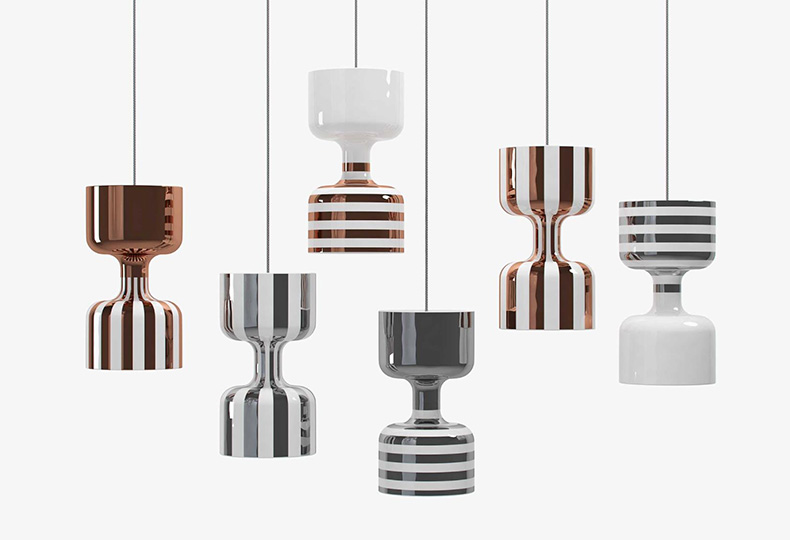
Chapiteau, ekaterina elizarova
It is a one thing when the object is released under your own name, but it is totally different situation, when such object is design for a brand. In the latter case, the brand owns proprietary rights to the product and is the one do decide whether it is feasible to file a lawsuit against dirty-handed designer or not. I had a case when some Russian designer claimed a style I developed for Smania brand as her own. We discussed this situation with Smania management, and they decided that the infringement was of too low scale to exercise any serious remedies against copycats. Simple social media coverage of this issue was enough in order to make that designer waive her rights to the stolen style.
Unfortunately, our Russian legislation does not provide any well-designed legal remedies and mechanisms to protect the author, so you have to prove everything through your own efforts.
Our country is only good at protecting intellectual property rights to the innovative technologies, while in case of design the things are in a pretty bad way. Probably, it happens due to the fact that the industrial design had not existed in Russia as independent field for very long time. So the only remedy available to the modern designers is to be “higher and stronger”, be creative and be the first to develop a concept, which is exactly what we are attempting to do.
 Katerina Kopytinaproduct designer
Katerina Kopytinaproduct designer
The first explicit copy of Light Bean appeared around three years ago. I accidently stumbled on website registered in Australia. It was a shoddy store, where no one was actually shy about the fact that they were selling replicas. At least, that was how they titled the item: Light Bean Replika by Katerina Kopytina. Funny thing was that the stuff they were selling was so far cry from the original Light Bean that the reference to the source, I guess, was unnecessary. Size, shape, proportions – everything was quiet different, and event 3D file was made rather poorly. I had a few laughs, wrote a short post on Facebook and forgot about it. I think I didn’t take the situation as serious concern, since that Australian website seemed to be abandoned, and the thing they called Light Bean wasn’t Light Bean at all, which only added value to the original item.
My friends often send me the links to the items that look similar to my designs.
Usually I don’t see any special similarity, except maybe for category. Some people even tend to associate any large lamp with Light Bean, but, off course, it has nothing to do with reality.
Once someone sent me a link to the Instagram project featuring my Kuiper Belt handing pots. They looked exactly the same let alone several new shape variations. I contacted the author and asked whether he saw my works. He turned out to be European student, who focused on visualization exclusively, had seen my handing pots somewhere and decided to use them as part of his project, but couldn’t recall the name of original author. He apologized several times, thanked me for contacting him and tagged me under all posts.
Totally different thing is when some other designer draws inspiration from your work and then claims it to be his or her own. It’s pretty obvious that your concept has been used, but the resulting item isn’t exactly the same. It’s a grey zone. We had another incident recently, and again Australia was involved, but this time a small and pretty lovable brand released handing pots loosely based on Kuiper Belt concept with reduced size. The original series featured six handing pot variations, while that Australian brand released two shapes of six. It was obvious to me that the guys had cheated a little. I wasn’t exactly sure how to react to such situation, so decided to do as follows: I had no intention to take their items out of production, since it didn’t affect me and my affairs in any way, but I wanted to make it clear that I knew about their attitude and found it displeasing. I posted my and their handing pots on Facebook and asked the audience whether Australian items could be considered as a copy of mine. My post sparked up the heated debate. Some people believed that the Australian guys ventured too far, other stated that it was me who become impudent and started to accuse colleagues without proof, because “how could you know, it was so simple object, they might have designed it by themselves”. Only professional industrial designers had no doubts that it was virtually impossible to simultaneously end up with two similar shapes. Well, I’m still deeply convinced that my concepts were used, but there is nothing to do about it and I’m not sure that something should be done here at all. We all draw inspiration from each other, share our ideas and are moving forwards together, thus shaping our new age. The problem is just that someone does appreciate the edge between something new and something borrowed, while someone else doesn’t.
My colleague and me have a kind of inside joke: before you decide to copy someone, make sure that the original author has gone to a better place.
At the second thought, design is only a part of huge organized process. Behind any successful product stand multiple factors, such as production, brand positioning, sales and marketing, project development, logistics, photo sessions, social media support, et cetera, you know, the business as it is. Here it is essential to do your job better than anyone else does, so no one will ever even know about the fakes and copies.
 Dima Loginovproduct designer
Dima Loginovproduct designer
I’ve never gone in details of my fakes, since there are too many of them, almost all of my lighting collections are forged and counterfeited. Many such collections were taken out of production a long ago, but their fake version are still available on the market. The same design is often counterfeited by several companies at once. Off course, I’m talking about the Chinese fakes that can be easily found at the well-known Chinese online store, as well as at the brick-and-mortar store retailers around the world. Such fakes rarely look fine, typically they’re pretty horrible. It’s weird that even some designers cannot spot a difference (and I’ll repeat myself, we are not talking about wrong details, assemblies or poor finishing, those things are simply ugly). Sometimes, the designers even proudly send me their projects faking my items attempting to flatter or please me.
There’s nothing I can do about it, so I simply ignore this issue. As a matter of fact, I don’t care, but generally speaking, I find designers who use fakes as part of their projects to be unprofessional and lazy. By the way, I think I even would buy several fakes of my styles to look at them more closely, but I still haven’t had a good opportunity to do so.
My styles are forged by the Chinese factories. It’s pretty obvious that I won’t go to China to sue them.
Where does the edge between the work inspired by something and the fake goes, and how to draw this line? Without going into legal subtleties of this issue, I’ll answer in a rather general sense. For me, this line perfectly matches with the edge between the good taste and the bad taste, between the work done properly and the slipshod, between the decent reinterpretation of existing design techniques and the helpless ‘citation’. All these concepts are highly subjective, and everyone draws this line in his or her own way, but it’s obvious that if we’re talking about citation, there are only precious few people who are able to do it in a subtle and delicate way by breathing a new life into an old idea. The most just clumsily crank out someone else’s templates and don’t even bother to think a little and develop their own unique original solution. Although, I never judge other people for their weaknesses and believe that the true creativity is extremely rare.
true creativity is a big rarity
 Nikolay NikitinLatitude brand designer
Nikolay NikitinLatitude brand designer
We have faced several cases of borrowing. Here are the three instances that are first coming to mind. First of all, it’s direct borrowing of our SAGA storage system by the Danish brand, WOUD. In 2016, we participated in the Northmodern trade fair in Copenhagen, and our racks were displayed at the stand among other items. In 2018, the similar racks were presented by the Danish designers.
The second case was the direct borrowing of our FlexShelf bookshelf system mechanism. The similar shelves were announced at iSaloni trade fair in 2014, while the year earlier we had displayed FlexShelf at 100% Design in London. The third instance speaks for itself and does not require any comments. Cosmorelax company referred to the imitation of our racks with well-favored word “replica”.
It’s rather complicated to treat such situations in a positive way. Off course, we didn’t like what happened and expressed our opinion in comments under WOUD’s post announcing the copied racks. The response was that the styles were completely difference, since our items had rounded shelves corners unlike square corners of their shelves. As a matter of actual practice, there are virtually no effective remedies to protect yourself against such infringements. Even if you managed to obtain a court order, it would be virtually impossible to attain its execution (especially in our country). The illustrative example is the largest designer furniture and interior design items retailer that sells fakes delicately referred to as the replicas.
Where does the edge between the work inspired by something and the fake goes, and how to draw this line? I guess, it’s rather rhetoric question, and everyone draws this line differently. As for myself, I have realized that the winner is the one who is the first to create something new over and over again.


